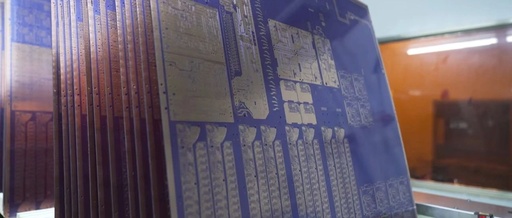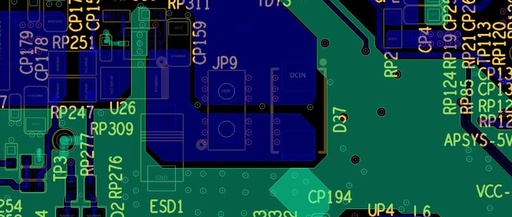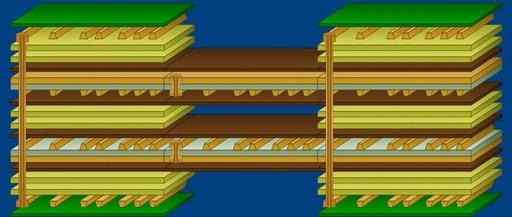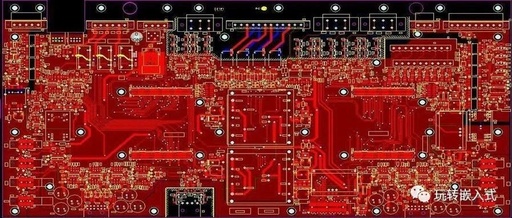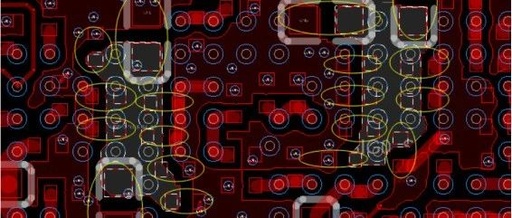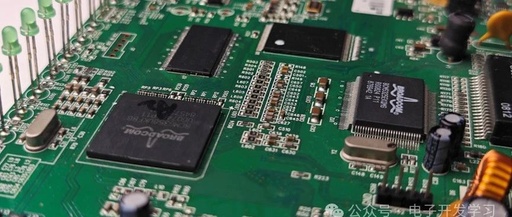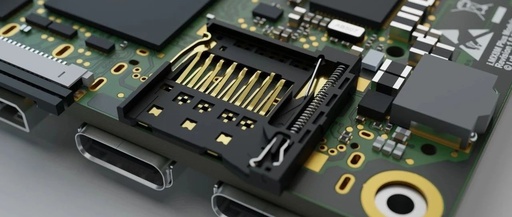Essential Multi-layer PCB Design Techniques
Remember when I first did PCB Layout, multi-layer board prototyping costs were very high, and the delivery time was about seven or eight days. Due to cost and time considerations, I often only considered using double-sided boards for routing. Then, holding many design rules that would often “conflict” with each other or experience-based rules circulating … Read more
